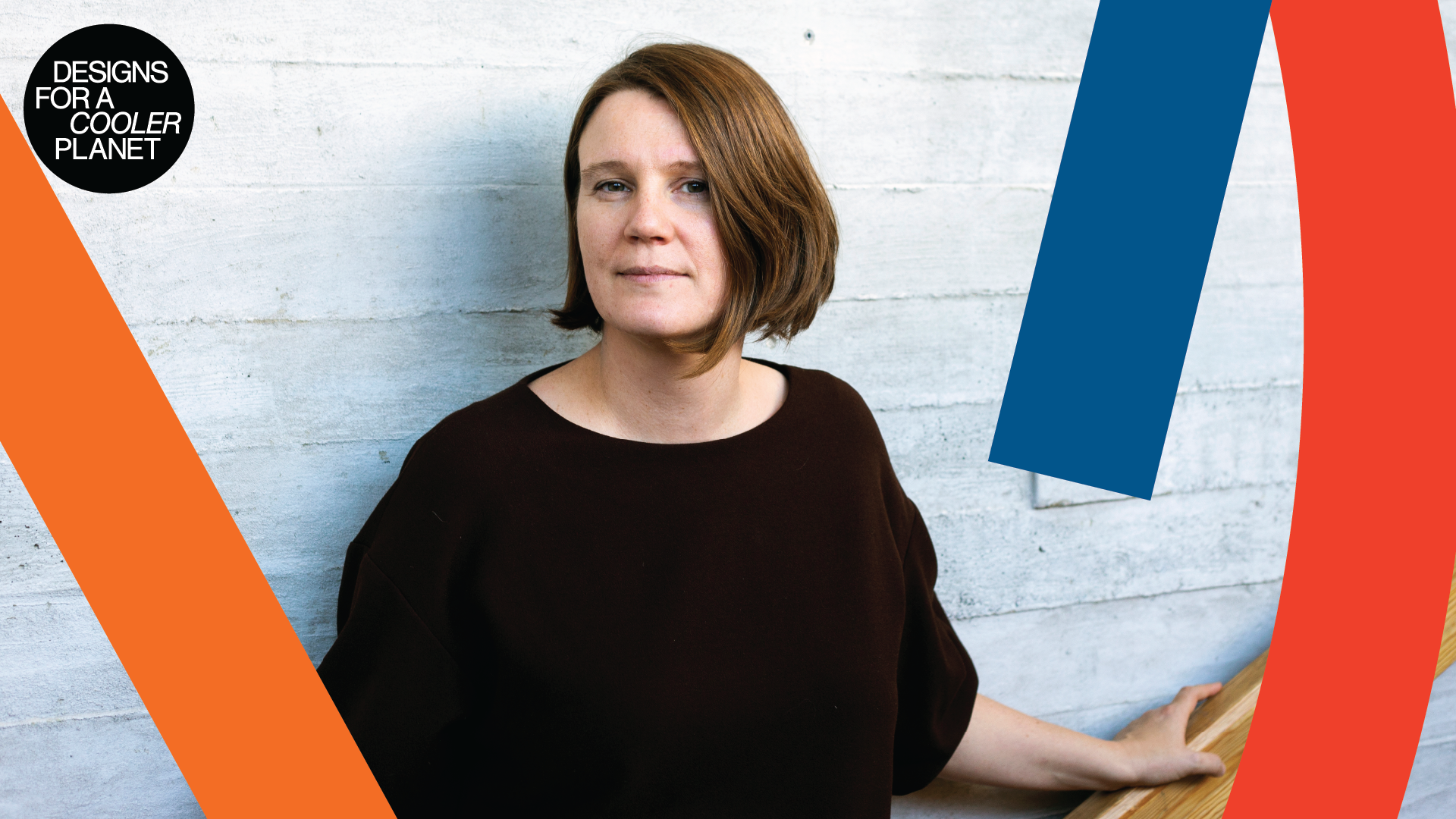Strong and beautiful as seaweed

As a designer, Julia Lohmann has transformed her own perspective from me to we. She believes that together we can imagine possible futures and start walking towards them. If one succeeds, the others can help and follow that path. Seaweed is the method of finding a new, sustainable material world.
For over a decade, I’ve been fascinated by seaweed. It represents possible histories and futures and its aesthetic, functional and philosophical dimensions seem endless. Seaweed is my design method for finding a new, sustainable material world.
My adventure with seaweed began in 2007, when I was designer-in-residence in Japan. At the local fish-market, I picked up a large piece of seaweed. It was incredible as a material: strong like leather, yet flexible when wet. I asked my friend, what they make of seaweed in Japan. I imagined all sorts of uses for it, a whole seaweed craft that I thought I was just not aware of. People must be binding books, making shoes and textiles out of this amazing material. My friend answered: “We eat it, we have always eaten it.” Really? It turned out that seaweed is so integrated into Japanese culture as food that no one has thought of looking beyond that.
But what if things were different? What if seaweed was a material available for many uses? I was fascinated by both the aesthetic and functional possibilities of seaweed.
Seaweed can be grown in an ecologically sustainable way. It grows fast, some types grow several meters per year and even cleans its surroundings, using for example excess fertilizers for its growth. This means less blue green algae blooms and other harmful substances for the ocean. While it grows, seaweed provides a sheltered environment for fish.
We can eat seaweed, but we could also make bioplastic, alternatives to leather and textilesout of it. In fact, we use seaweed already on a daily basis, since its derivatives can be found in toothpastes and milkshakes.
I want to be the midwife of seaweed and help it reach society. I’m trying to embed this new produce into educational frameworks, local crafts and cuisines. At the same time, I’m aware of the risks: if we start harvesting large crops of seaweed, we are going to harm the environment and the ecosystem. We need science to tell us where and how much seaweed we can grow. And where it is of benefit to the eco-system. We cannot afford to repeat the mistakes made on land in the ocean. Instead, we could use the ocean as a blueprint of how we can change our actions for the better also on land.

Aesthetically and even philosophically I find seaweed incredibly inspiring. I want to be like seaweed and grow as strong and beautiful and support others instead of taking something from them. As a designer, I have transformed my own perspective from me to we. Together, we can imagine possible futures and start walking towards them. If one of us succeeds, the others can help and follow that path. Seaweed is our method of finding a new, sustainable material world.
This is why I established The Department of Seaweed, together with colleagues who share a similar set of values. The Department of Seaweed is a place of speculative design research. We convey environmentally and socially sustainable visions for the future. We develop concrete solutions for a better material world. But what is most important, we respect this intriguing and fascinating material, seaweed, which opens up so much room for thought.
Julia Lohmann
Julia Lohmann is Professor of Practice in Contemporary Design at Aalto University. She investigates and critiques the ethical and material value systems underpinning our relationship with flora and fauna. As designer in residence at the Victoria and Albert Museum in 2013, she established the Department of Seaweed, an interdisciplinary community of practice exploring the marine algae’s potential as a design material.
We are in a race against time: The UN Sustainable Development Goals must be achieved within 10 years. Aalto University’s Designs for a Cooler Planet event at Helsinki Design Week 2020 will showcase inspiring scenarios for the future in September at its Otaniemi campus. Collaboration between designers, researchers and stakeholders will lead to better solutions for people and the environment.